We went to the Albany Institute of History & Art (in Albany, New York, naturally) to see a couple of exhibits. As per usual with us, it seems, we managed to arrive during a period when a good chunk of their permanent art collection was closed while they did an installation. Good thing we didn’t have our hearts set on seeing anything in particular!
The small museum is one of the oldest in the United States. The earliest incarnation started in 1791, but it’s had some “near death experiences,” so to speak, over the years, and has merged with other institutions along the way. Though primarily known as a regional art museum today, it also houses furnishings, sculpture, and an ongoing exhibition on Ancient Egypt (including two mummies!).
The cover photo is Autumn on the Susquehana, 1857, George Henry Boughton.
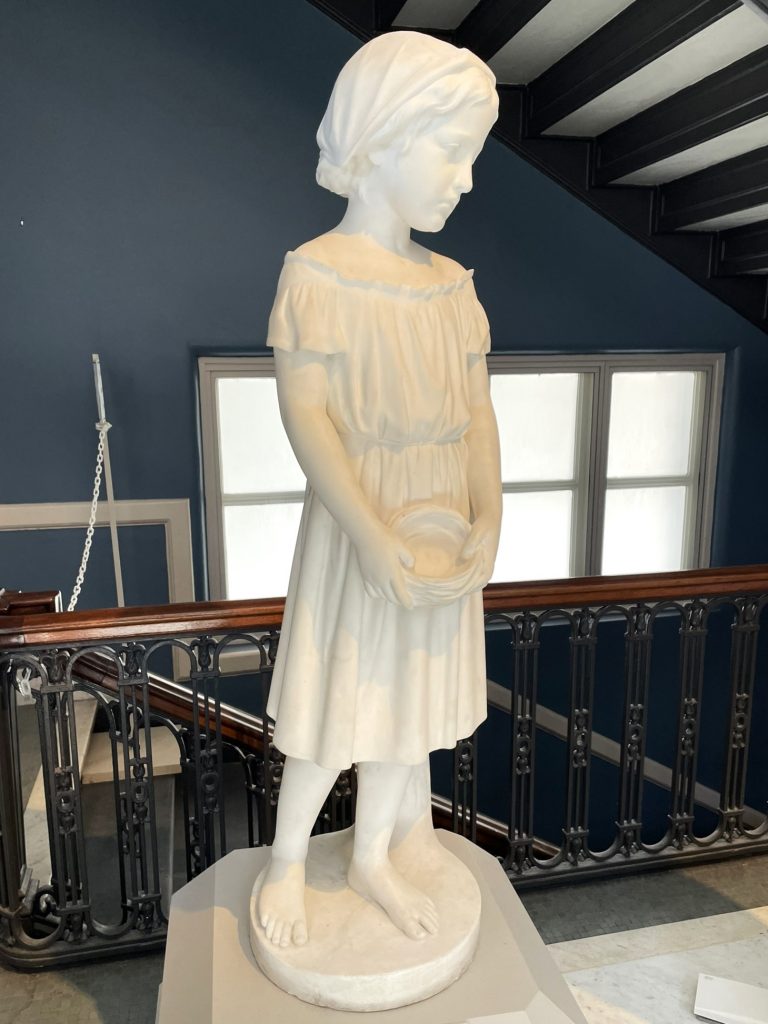
The Hudson River School Collection
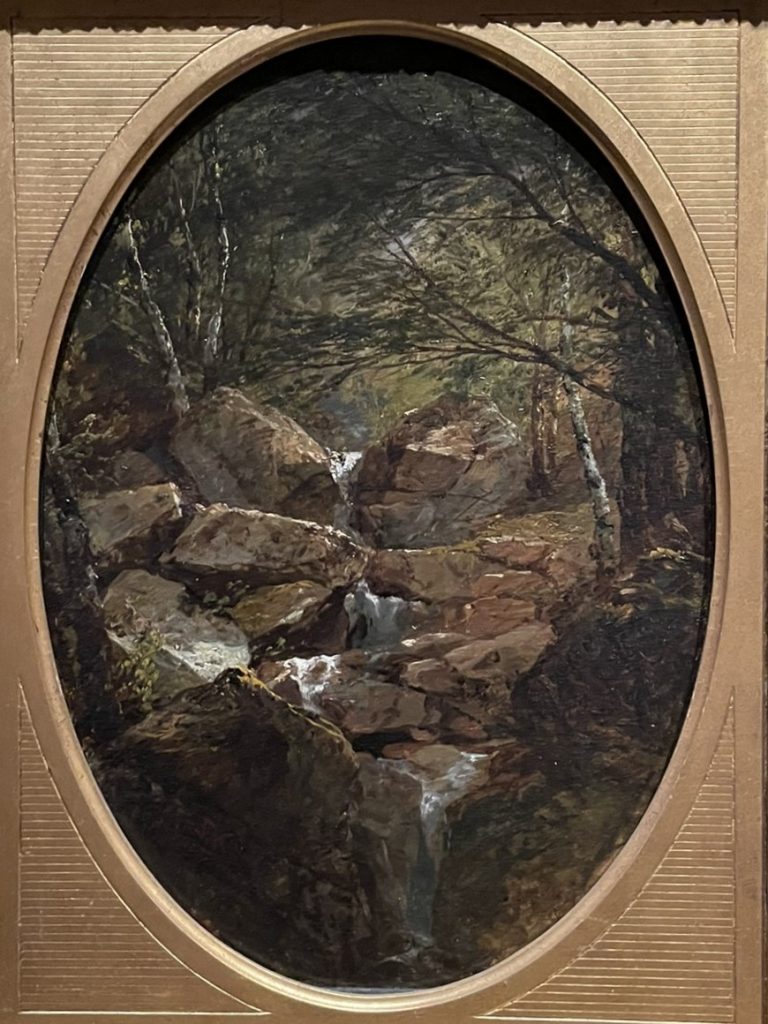
The museum houses one of the largest collections of Hudson River School paintings, which “capture America’s scenic grandeur in all its magnificence from rugged coastal scenery to imposing mountains and rivers.” The movement is primarily associated with the period 1825 and 1870, and Thomas Cole (whose house we toured previously) is considered to be its founder. Earlier paintings were primarily set in the Hudson River Valley area, though over the years it expanded its geographic scope.
I generally feel that I ought to love Hudson River School paintings, given their subject matter, but there’s something about them that is just on the edge of me not really liking them (Doug does not have this reaction, of course). However, I was able to find a number of paintings in this collection that I wouldn’t mind hanging on my living room wall, if I had a living room.
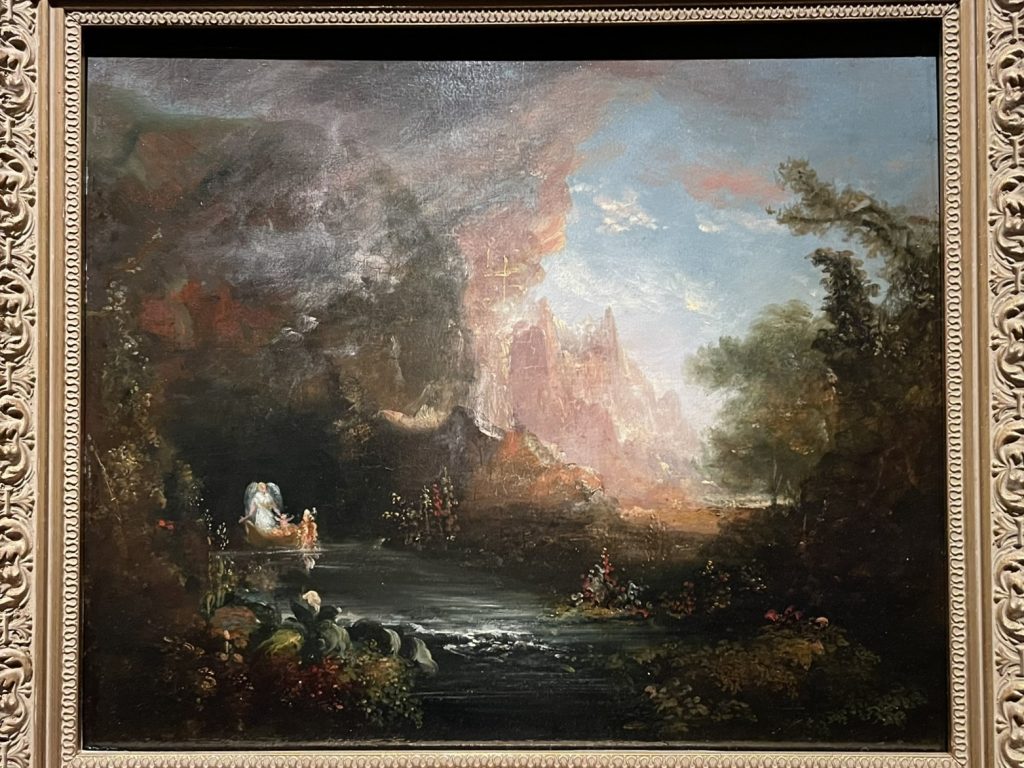
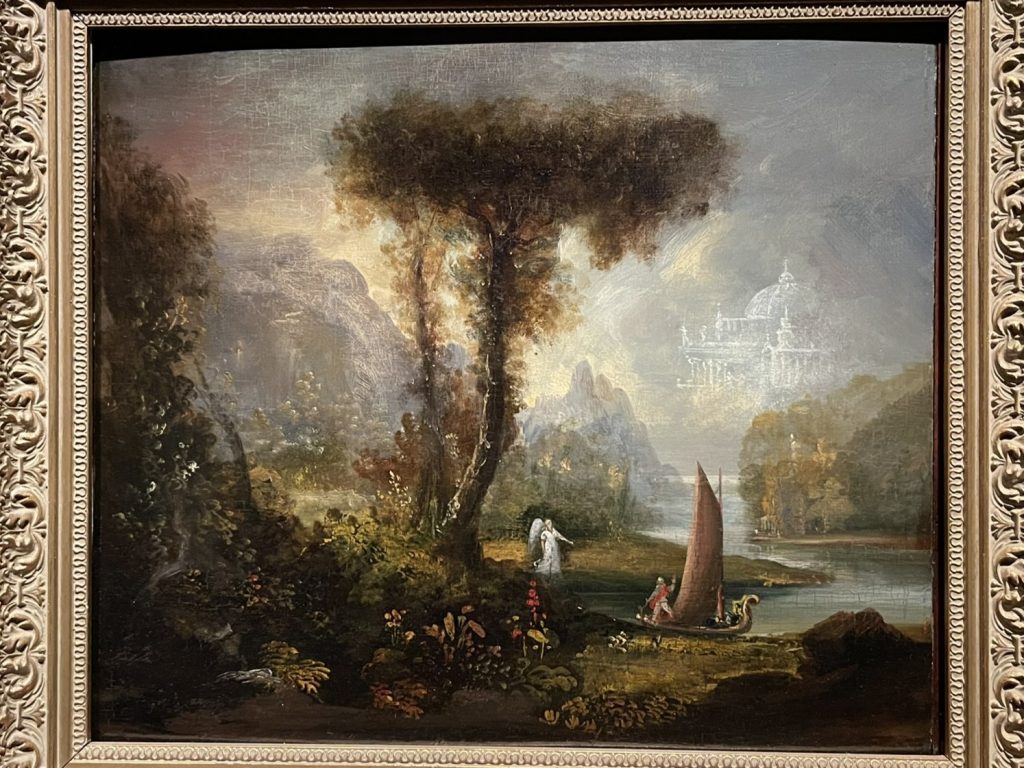
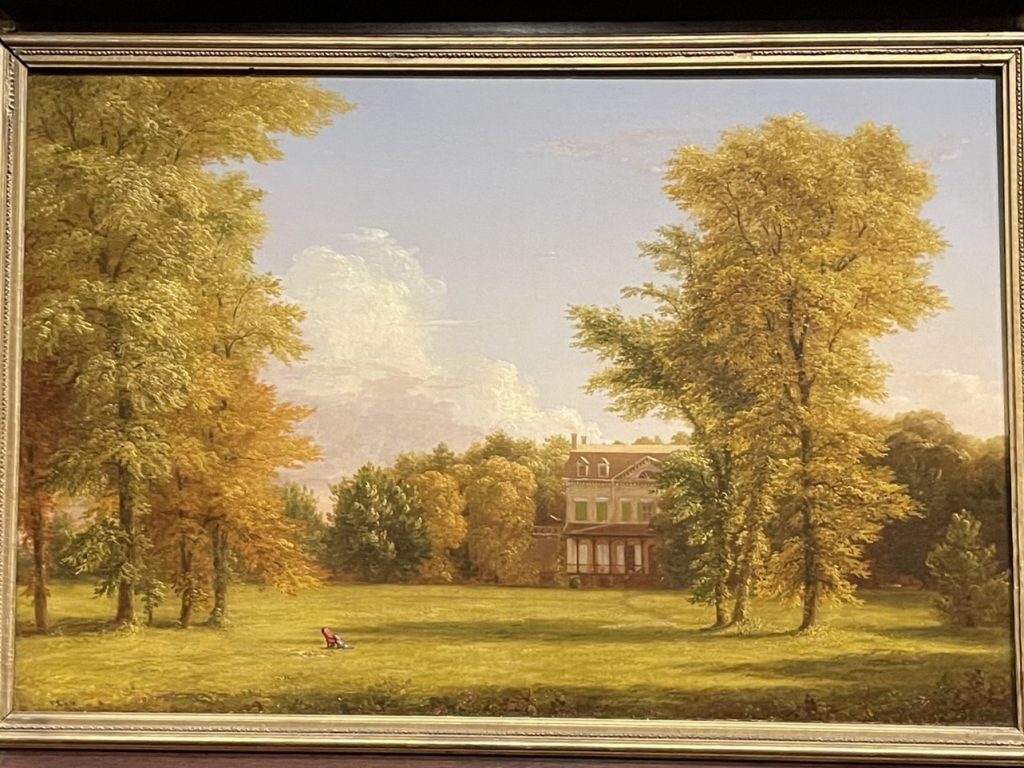
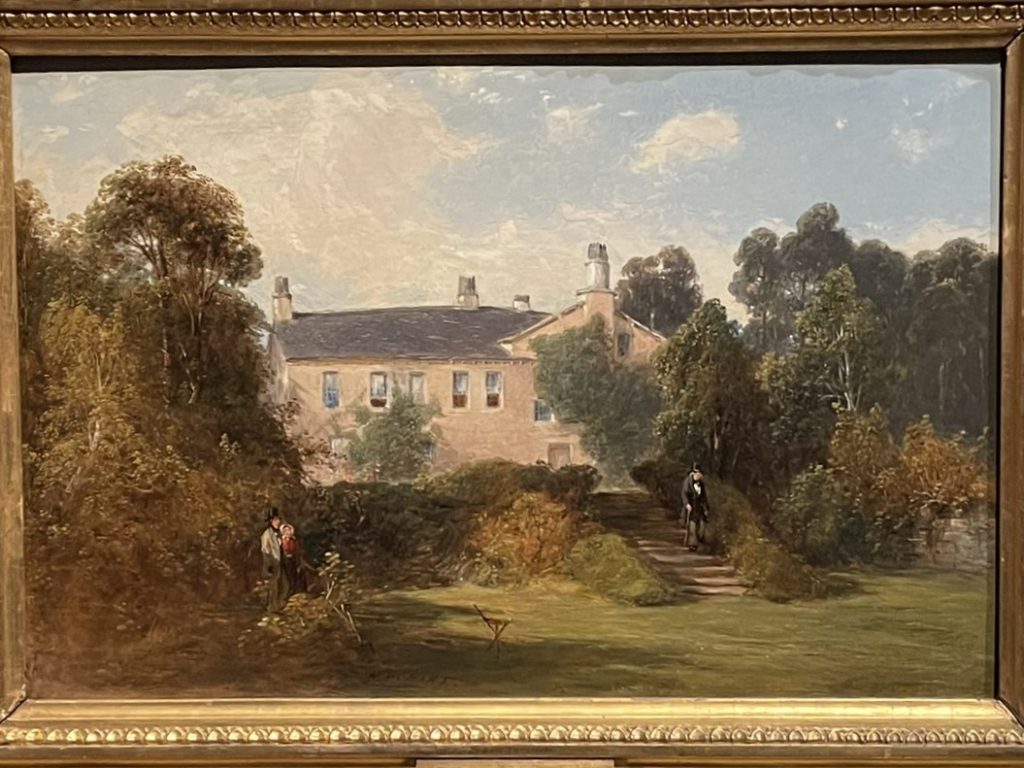
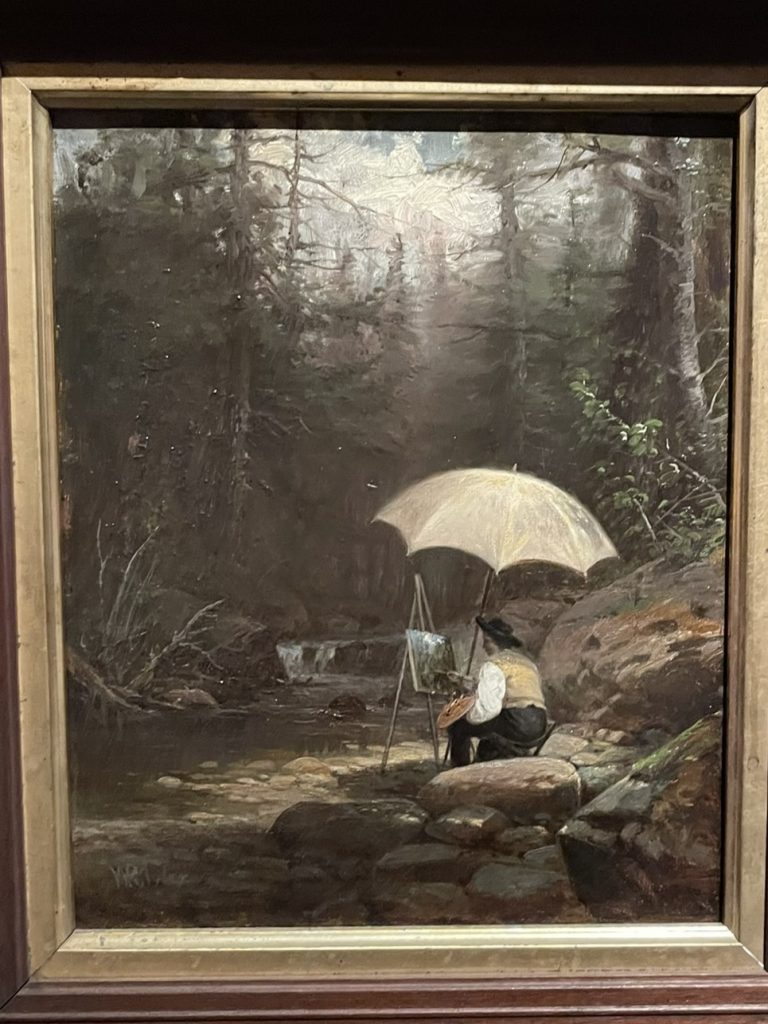
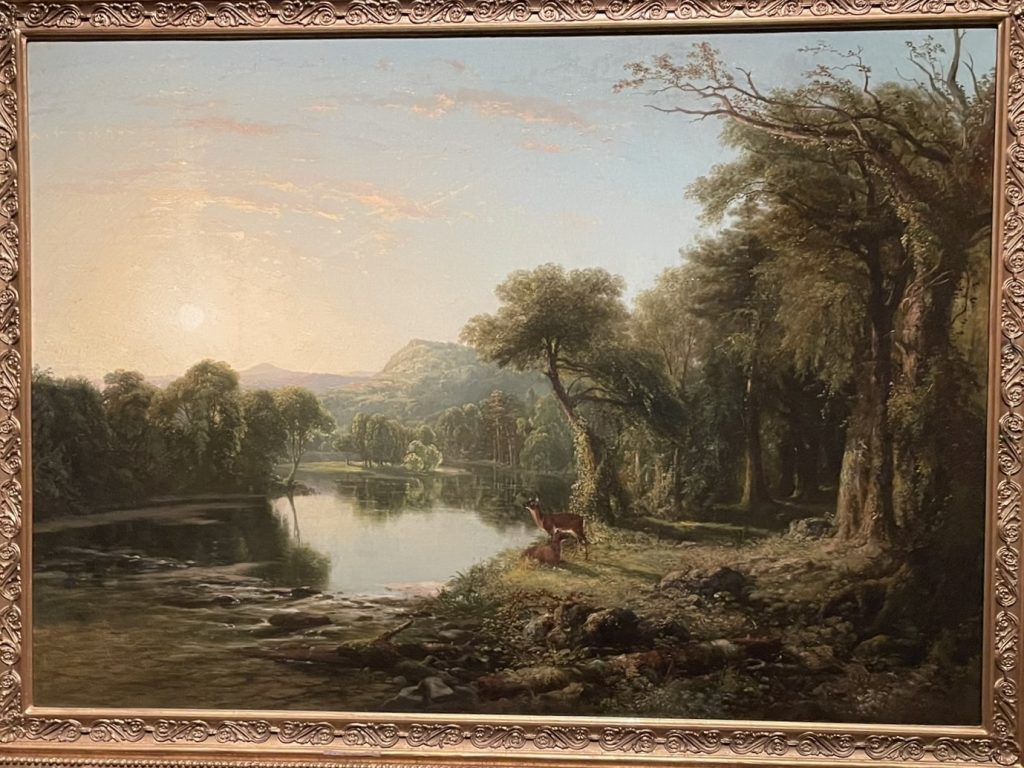
Joan Steiner’s Look-Alikes
Throughout the galleries were ten miniature dioramas by award-willing illustrator Joan Steiner, all part of the Joan Steiner’s Look-Alikes exhibition.
“These meticulously crafted scenes were created from everyday objects and edible treats, and photographed for Steiner’s Look-Alikes books.”
Steiner’s first Look-Alikes was published in 1998, and was named one of Time Magazine’s best children’s books and one of The New York Times Book Review’s Notable Children’s Books. Three additional books followed. Steiner created the dioramas in her Hudson, New York studio. The dioramas definitely fall under the category, “the more you look, the more you see!”
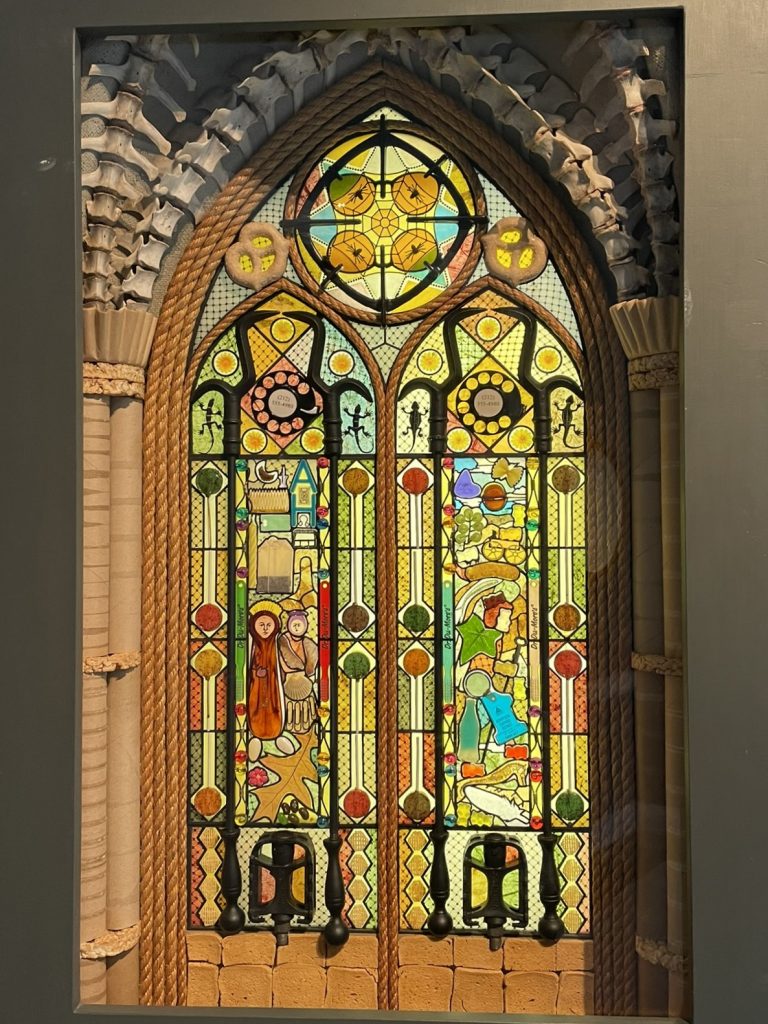
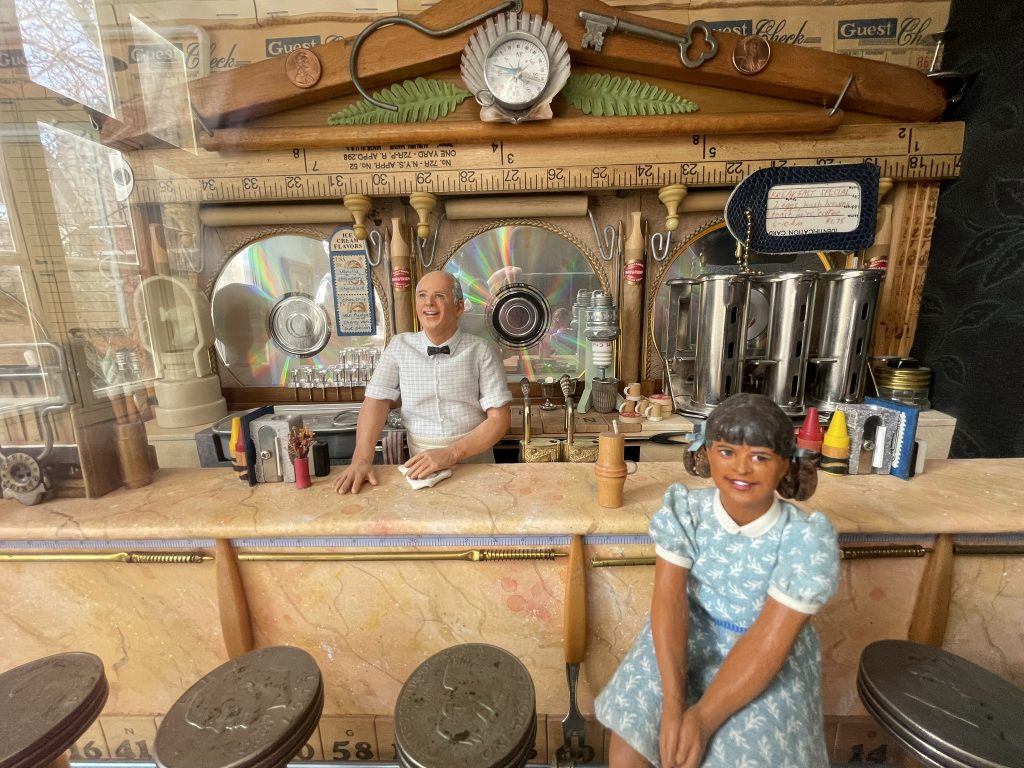
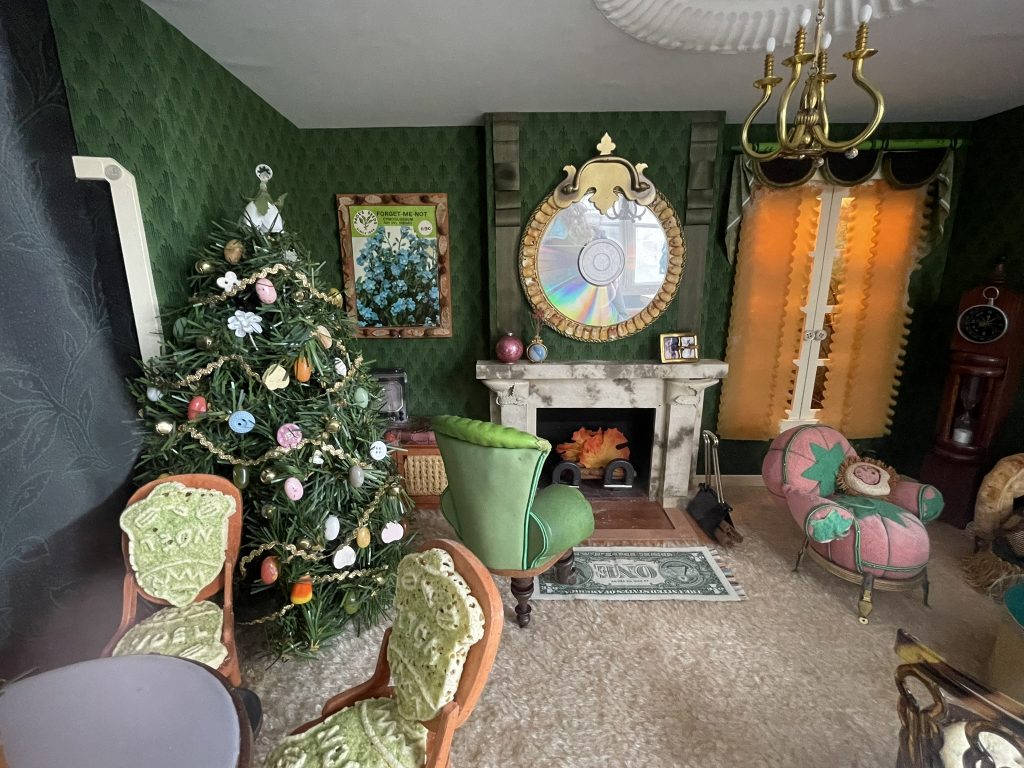
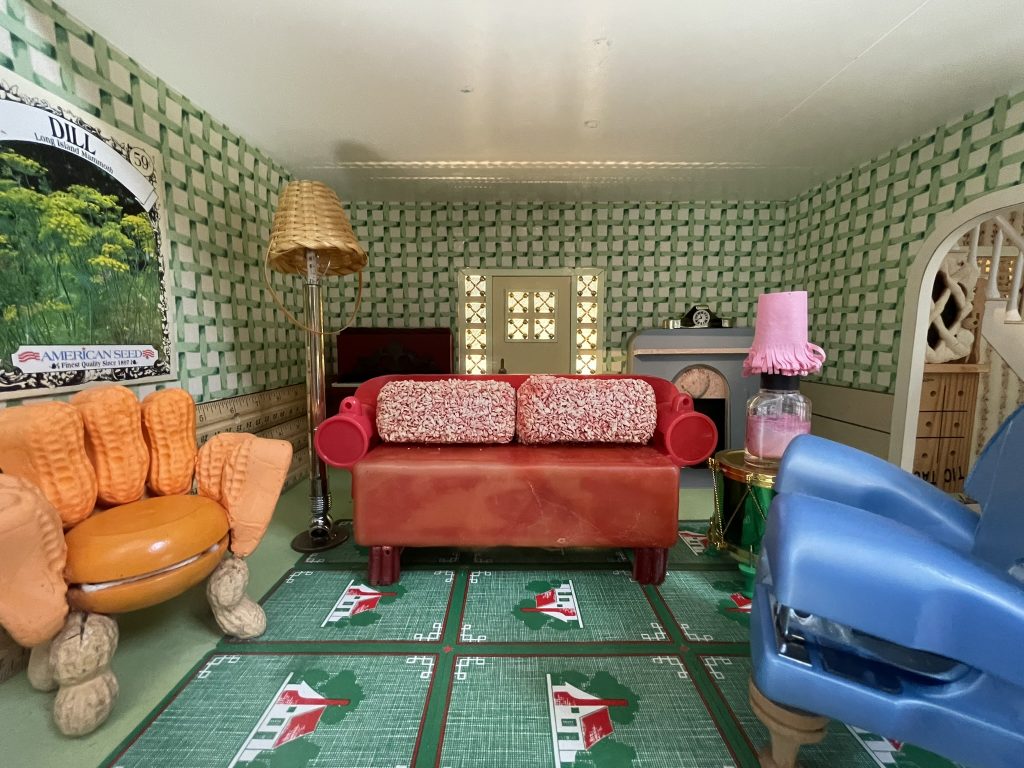
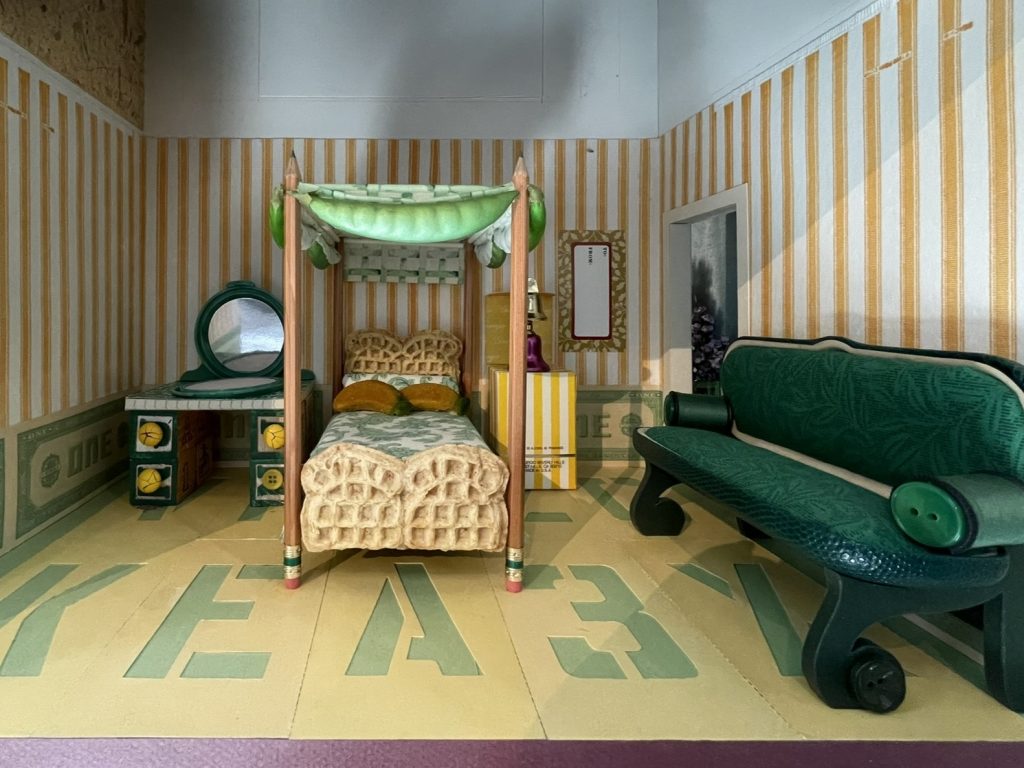





One thought on “Albany Institute of History & Art”